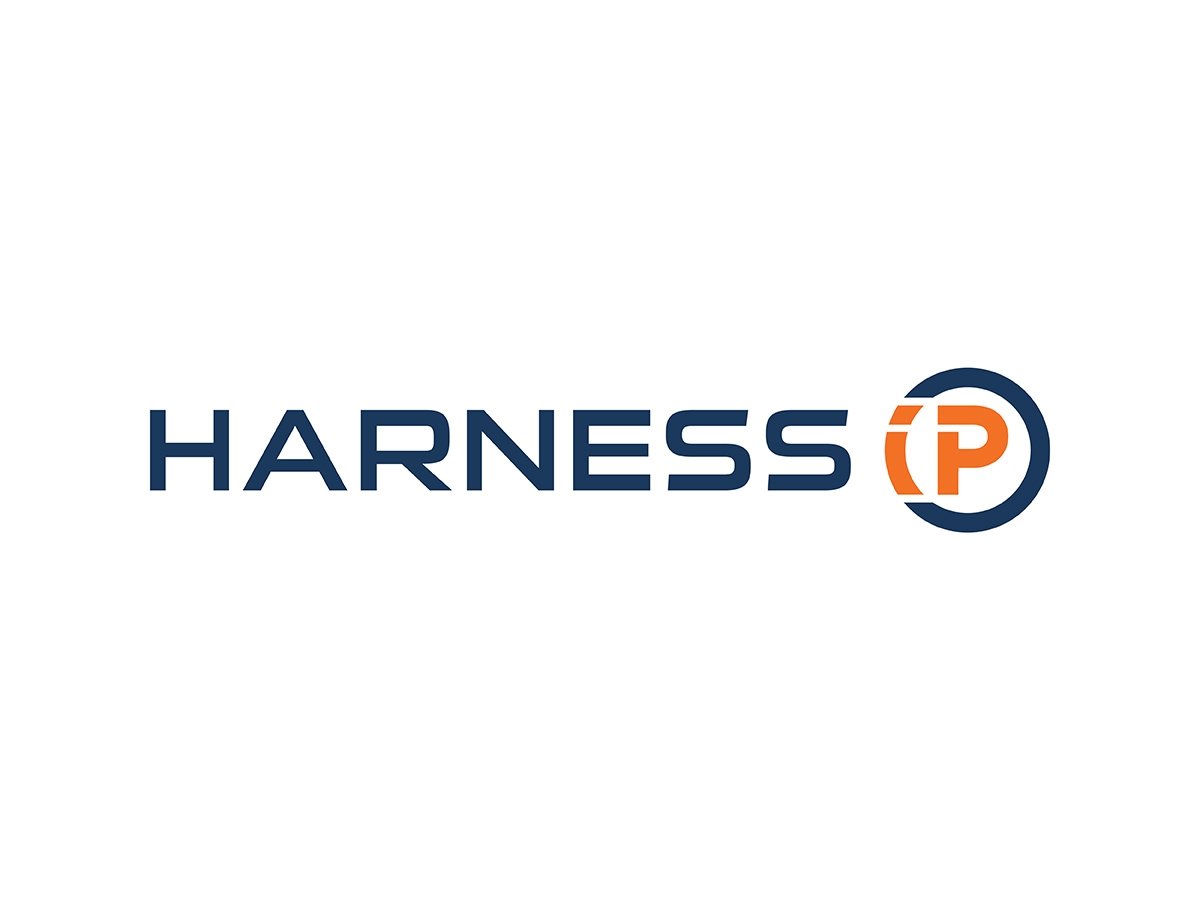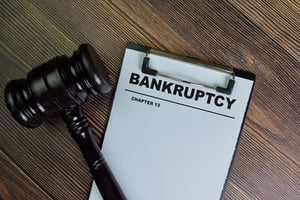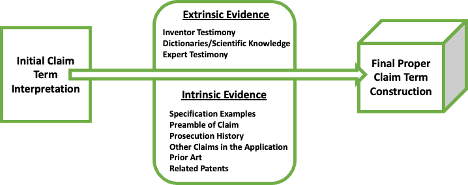A Court Can Only Enjoin Public Accusations of Patent Infringement if They Are Objectively Baseless | Harness IP
Lite-Netics owns multiple patents on magnetic holiday string lights. HBL, a former customer of Lite-Netics, also sells holiday string lights. Lite-Netics send a notice to the trade that Lite-Netics’s magnetic string lights were protected by U.S. Patent Nos. 7,549,779 and 8,128,264; that other companies were attempting to “copy” Lite-Netics’s patented products; that Lite-Netics had filed a patent infringement lawsuit against HBL to stop it from making and selling infringing products; and that Lite-Netics was also considering including any known company using or reselling the HBL products as co-defendants in this lawsuit.
The district court addressed (1) the likelihood of HBL’s success on the merits of its tortious-interference and defamation claims; (2) the likelihood of irreparable injury to HBL without the injunction; (3) the balance of equities; and (4) the public interest.
In considering the first factor, the court recognized that state-law tort claims based on the communication of patent rights, such as HBL’s tortious-interference and defamation claims, “are preempted by federal patent laws, unless the claimant can show that the patent holder acted in bad faith.” However the district court concluded that HBL’s state-law tort claims were not preempted here, centrally because it held that Lite-Netics’s infringement allegations were so clearly meritless that their assertion was in bad faith. On that basis, the court ruled that HBL would likely succeed on its tortious-interference and defamation claims and that the preliminary injunction should issue, because the non-merits preliminary-injunction considerations favored issuance.
The Federal Circuit has held that federal patent law preempts state law tort liability for a patentholder’s good faith conduct in communications asserting infringement of its patent and warning about potential litigation. Thus, the Federal Circuit said that HBL’s state-law claims here thus can survive federal preemption only to the extent that those claims are based on a showing of ‘bad faith’ action in asserting infringement. The requirement of a showing of bad faith as prerequisite to applying state tort law to speech about infringement rests partly on First Amendment principles. Thus, a bad faith standard cannot be satisfied in the absence of a showing that the claims asserted were objectively baseless, and a patent-infringement allegation is objectively baseless only if no reasonable litigant could realistically expect success on the merits.
Lite-Netics argued on appeal that the district court erred in finding its infringement allegations concerning the ’779 patent, and its application to both accused products, to be objectively baseless, and the Federal Circuit agreed. Because there was an objectively reasonable basis for many of Lite-Netics’s infringement allegations, the district court abused its discretion in finding that Lite-Netics could not have “realistically expect[ed] success on the merits” and, therefore, acted in bad faith.
The Federal Circuit noted that the preliminary injunction was to a large extent based on three legal conclusions with respect to Lite-Netics’s assertion of the ’779 patent, but concluded that Lite-Netics’s position on all three of those disputes has not been shown, at this stage of the litigation, namely before full claim-construction proceedings or possible expert reports on infringement), to be objectively baseless. That conclusion requires vacatur of the preliminary injunction, without finally resolving the underlying disputes about claim construction, prosecution history estoppel, or other issues.






